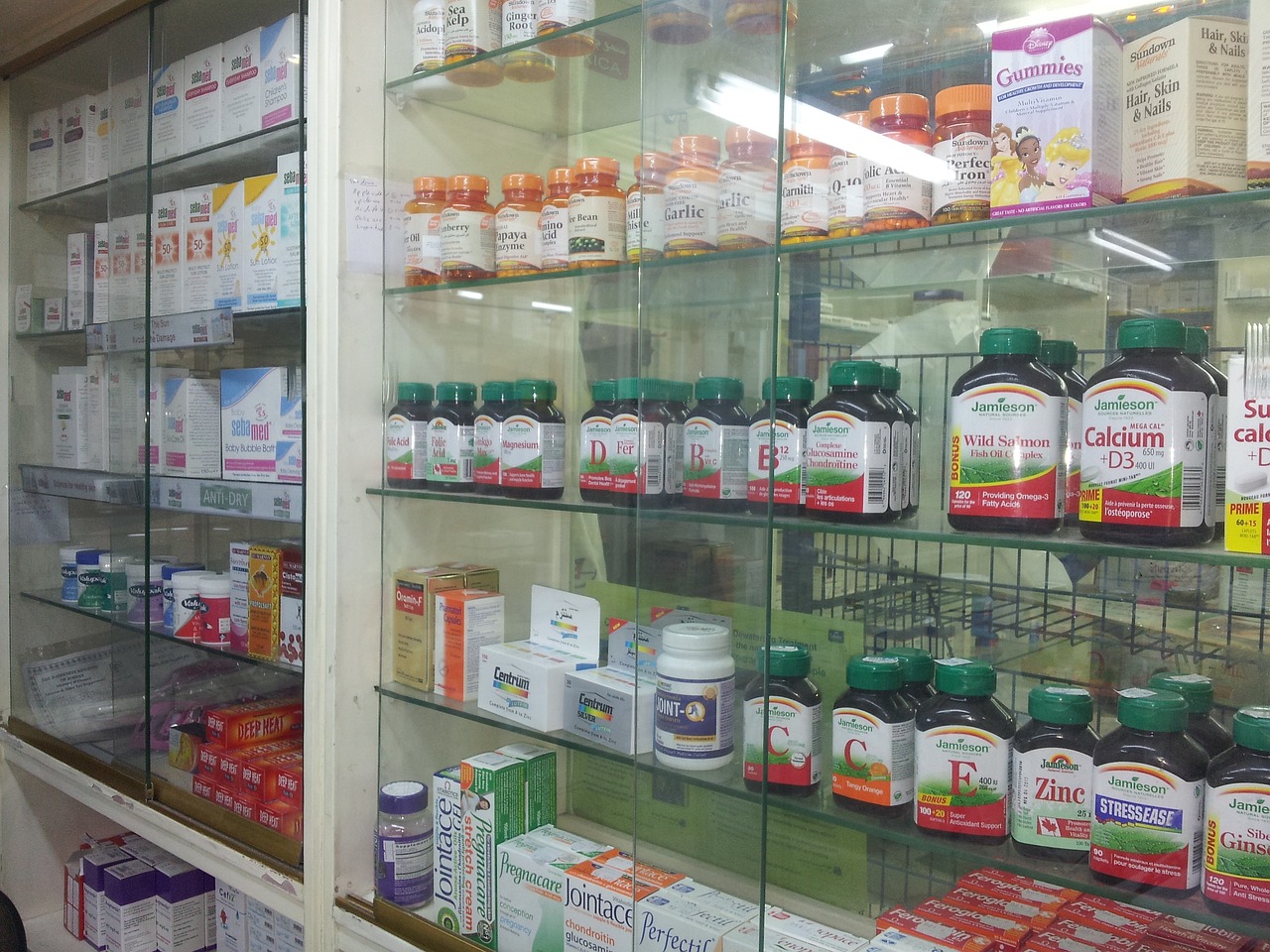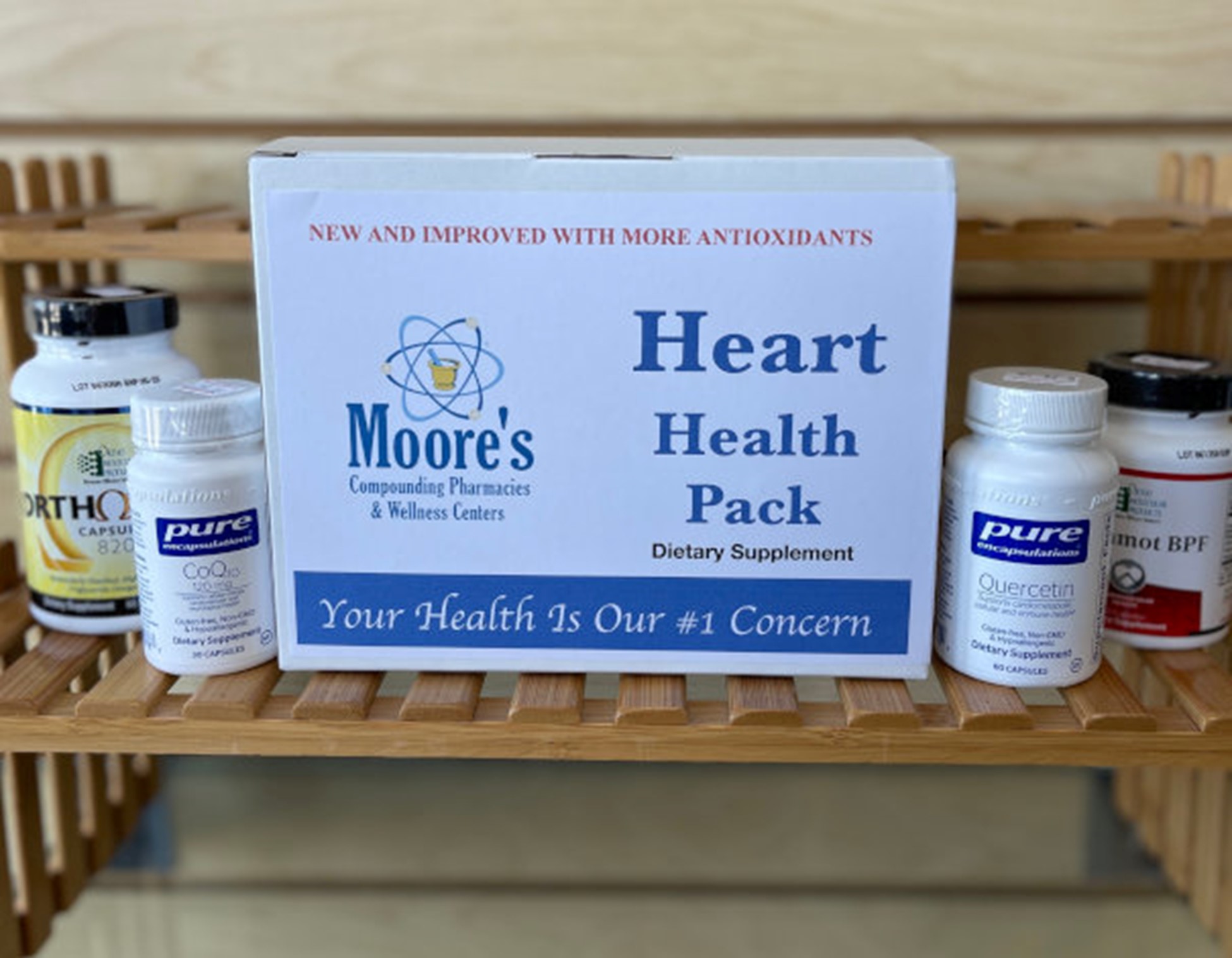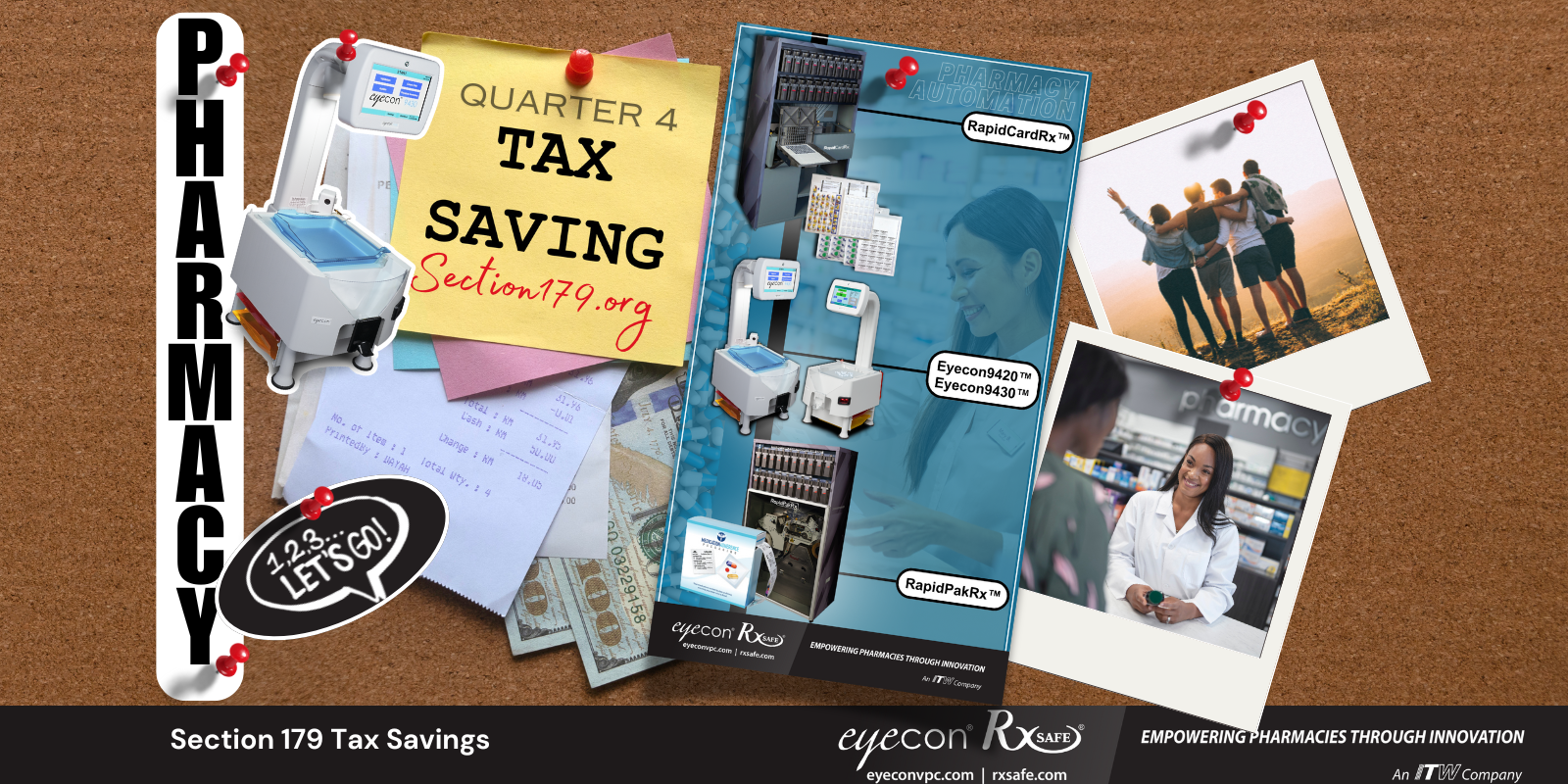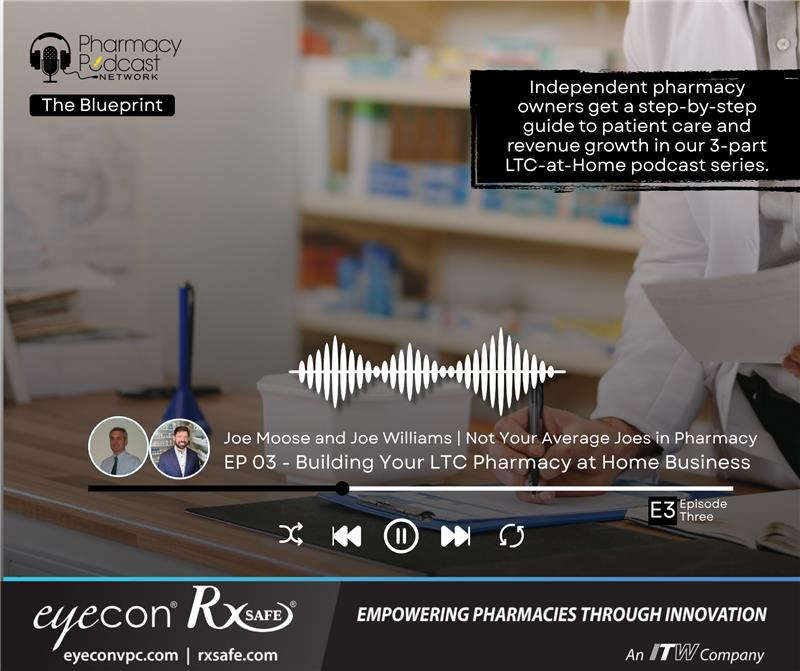Not so long ago, independent pharmacy owners spent a lot more time on strategies and tactics to boost front-end sales. In-store retail items were essential to boosting profitability, creating an attractive retail experience and providing ‘one-stop shopping’ to pharmacy customers.
Then, the pandemic struck.
Lobbies closed. Drive-thru windows opened. “Touchless” curb-side delivery became the norm. Pharmacies hired extra drivers and expanded home delivery areas as quickly as they could. E-commerce was king.
And now?
Slowly and quietly, brick-and-mortar retail is experiencing a resurgence, and the trend looks likely to continue.
Will your pharmacy front-end be ready for 2023?

Has E-Commerce Peaked?
In a word: YES.
The e-commerce rocket ship that launched back in the “aughts” appears, at least for now, to have peaked.
In fact, ecommerce captured a high of 16.4% of overall US retail sales in mid-2020, according to the US Federal Reserve. That slice of the retail pie has been shrinking ever since, down to 14.5% in September of this year.
This holiday season, in-person retail shopping is up 2.9% compared to 2021, when the pandemic still prevented many from going into stores. Lockdowns and social distancing have resulted in pent-up demand for the in-person experience when it comes to shopping and dining, experts say.
What Does this Mean for Pharmacy in 2023?
Analysts predict a strong revival of brick-and-mortar store sales in 2023. According to recent research from Forrester, 49% of consumers say that having a local presence was a “significant or very significant influence” on which brands they chose to purchase from in the past year.
When it comes to their in-store experience, patients want convenience, customer service, promotion, and value for their dollar. Whether they are picking up a script or getting a flu shot, there’s always an opportunity to ask your customers, “Is there anything else we can get you from our store today?”.
Still, it’s worth noting that -- even with shrinking reimbursements, DIR fees and clawbacks -- prescription sales still make up 95% of the typical US independent pharmacy business.
So, why bother with the front end, a comparably paltry 5%? There are two answers.
The first is that OTC items can be very profitable. “The OTC for the most part is cash sales,” said Gabe Trahan, who worked for many years as Sr. Director of Store Operations and Marketing at the National Community Pharmacists Association (NCPA). “Cash sales mean no one’s going to ask you for money at the end of the quarter. There are no clawbacks. Cash sales go into your bank.”
The second answer is that OTC need not be limited to only 5% of your pharmacy’s revenue. Why aspire to be average? There are many ways to expand, even double, this profitable segment of your business. Indeed, Trahan suggests that savvy pharmacies generate 10% of their sales from front-end products.
If you’re convinced now that you need to take advantage of these retail shopping trends, below are some questions to guide you.
Questions to Consider when Revamping Retail
To decide on next steps, first ask yourself:
- Who’s my target market (what types of patients frequently visit my store)?
- How can we save our patients a trip to another store to find what they need?
- What OTC products do they purchase the most?
- Do we have front-end products that complement the prescription medications they're already picking up?
- Do we have the staff and systems in place for inventory management, including ordering, receiving, tracking, handling and pricing products?
- Is my store design and layout conducive to patients who may want to browse and buy non-prescription items?
- Is my team prepared to engage with and assist patients while they're in the store?
- Do I need a business coach to help me work through these questions?
Once you have worked through those questions, you’ll be well on your way to putting together a plan to boost non-prescription revenue.
Keeping it Merry and Bright… and Clean!
Pharmacies know all about cleanliness. Just as you do when working with medications behind the counter, be sure to keep your retail area squeaky clean and free from clutter. And don’t skimp on lighting! You want the in-store atmosphere to be “merry and bright,” no matter what the season. Here are some tips:
- De-clutter! Don’t try to pack products into every square inch of shelving
- Wipe off fingerprints from glass doors, clean your front windows
- Trash old flyers, coupons and papers
- Dust shelving (products, too!) and sweep your entryway
- Clean/replace light fixtures (wall switches and overhead fixtures)
- Wipe down counters, trim, and registers
Don’t Forget the (Private) Label
Private-label products are one of the most lucrative front-end categories, giving you higher margins (up to 70% in some categories) and an offering that competitors can’t match.
Plus, because they cost less to purchase, you can reap those higher margins while selling the products at a lower price than other brands.
“The biggest advantage is it’s yours. It’s your label,” says Trahan. “Your label that you share with a few friends that are independents,” he said. “You’re probably not going to find it in the dollar store. You’re not going to find it in the chain store. You’re probably, unless someone’s breaking all the rules, not going to find it on Amazon.”
One way to quickly create a private label is to sell compliance-packaged supplement packs, following the model of RxSafe customer Kelby Gorman, pharmacist and owner of Moore’s Pharmacy, with two locations in south Texas. When Gorman saw how his patients enjoyed pouch packaging for their prescriptions, he recognized an opportunity to grow his supplements business as well.
Gorman used his RapidPakRx to create custom supplement packs, such as the “Moore’s Heart Health Pack” (pictured below), that bundle several vitamins and supplements into one convenient pouch.

“By being able to put [supplements] into the strip adherence packaging, it allowed for us to not only increase our sales through return customers, but because nobody could get that anywhere else, our sales actually increased about 20%,” Gorman said. “You can make 2, 3 or 4 times what you can make with prescriptions by selling your supplements.”
Interested in transforming your pharmacy’s profitability? Get in touch with Matt Gilbert or contact one of pharmacy automation experts at (833) 791-1772.
Have a tip for your fellow pharmacy owners on boosting front-end sales? Leave a comment below!


.png)





